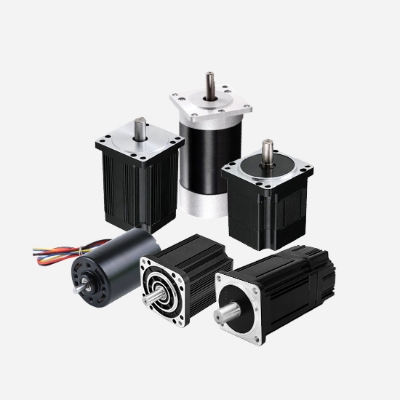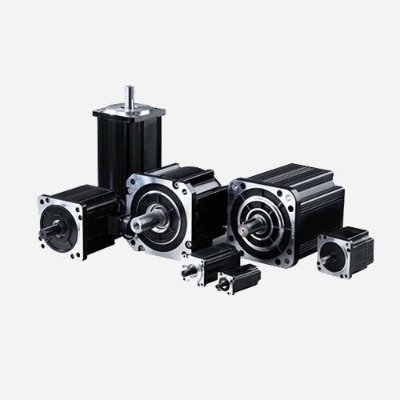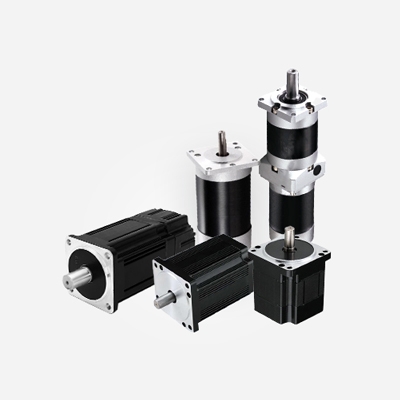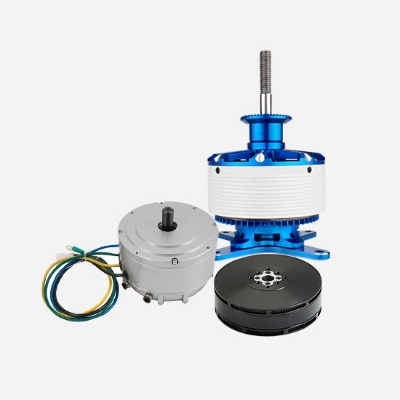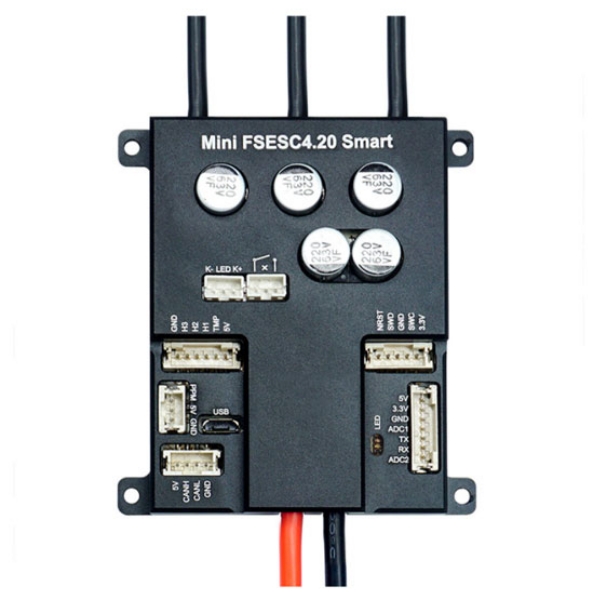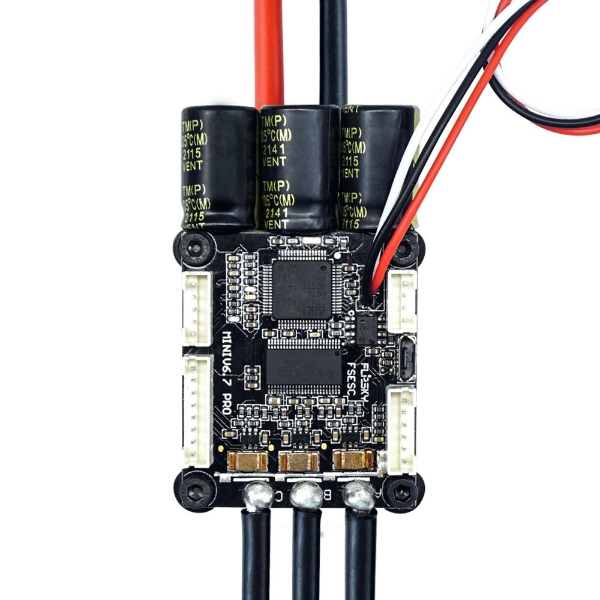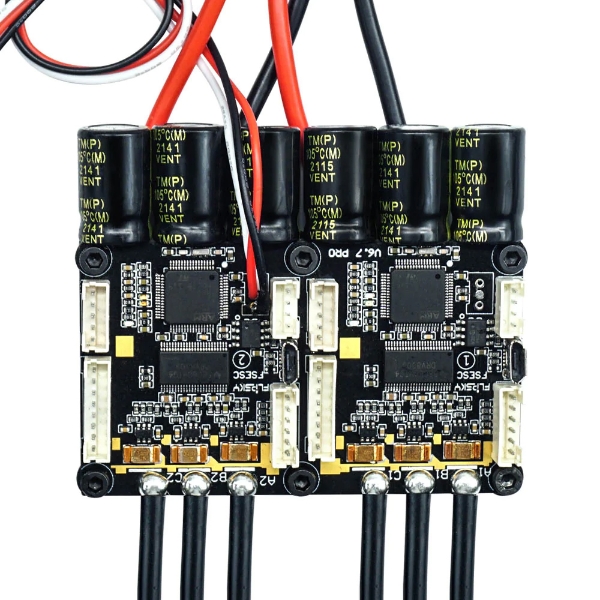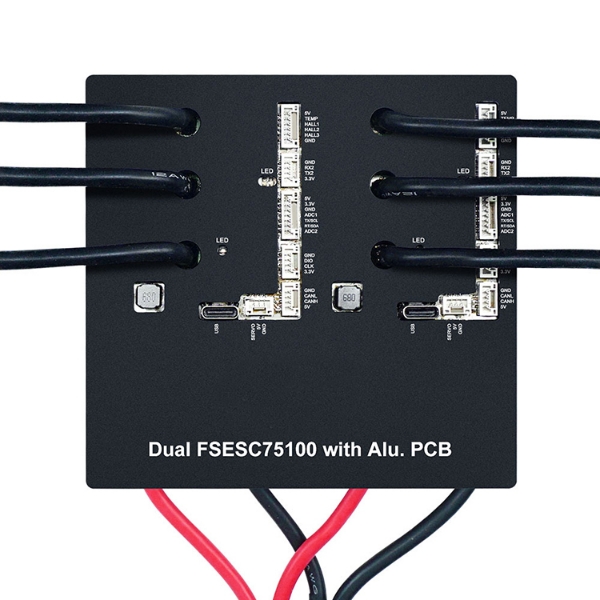Close
-
You have no items in your shopping cart.
- Register
- Log in
- Wishlist
- Shopping cart
Close
- Home /
- Brushless Motor Controllers /
- Electronic Speed Controller /
- 100A 4-20S Brushless ESC Controller for Single Motor
Write your own review
Related products
50A 3-12S Brushless ESC Controller for Single Motor
BLDC-ESC-503
Buy online single drive ESC controller for brushless motor, PWM signal input, current continuous 50A, peak at 100A, voltage 8V-60V(3 - 12S), housing made of aluminum alloy, good heat dissipation, suitable for the robot, 4WD RC car, robot arm, and DUY off-road vehicle.
$445.86
70A 4-12S Brushless ESC Controller for Single Motor
BLDC-ESC-704
Get a 70A ESC controller at low cost. It is an electronic speed controller for a brushless motor. Cheap brushless ESC controller has a safe voltage of 14V-60V (4-12S), is designed to automatically help stabilize your car when it detects a momentary loss of control, widely used in remote control and vehicle applications.
$319.12
70A/140A 4-12S Brushless ESC Controller for Dual Motor
BLDC-ESC-1404
Buy a 70A/140A brushless ESC controller for dual motor online. It has a voltage of 14-60V (4S -12S) and is mainly used for the robot, 4WD RC cars, robot arms, DUY off-road vehicles, electric cars and bicycles. The electronic speed controller can turn on when you turn the car on and activates when it detects that you may lose control.
$544.47
100A/200A 4-20S Brushless ESC Controller for Dual Motor
BLDC-ESC-100A
Good price brushless ESC controller with single/ dual maximum continuous current 100A/200A, single/dual maximum current 120A/240A, voltage 14-84V (4-20S), support PPM, ADC, NRF, UART 4 control communication modes. Electronic speed controller for brushless motor suitable for the robot, mechanical arm, battle robot, and DIY off-road vehicle.
$644.82
BLDC Motors - Combine Durability, Efficiency, and Customization for High Performance.
Resource
Customer service
Powered by Brushless.com
Copyright © 2025 Brushless.com. All rights reserved.

